10 The Origin of Life
10 The Origin of Life
Bible and Science – The Origin of Life:
Intelligent Design or Blind Chance?
O LORD, how manifold are thy works! in wisdom hast thou made them all:
the earth is full of thy riches (Psa. 104:24).

How did life on earth come about in the first place? Was it the product of specific design by an omniscient creator, or did it occur by a fortuitous combination of chemical elements that eventually evolved into more and more complex organisms? If one could store all the emotional energy expended in debating the answers to these questions, there would never be an energy crisis on this planet.
The watchmaker
One of the most definitive expositions on the side of intelligent design is attributed to William Paley.1 To paraphrase his argument: imagine that we are cast up on an apparently deserted isle and, as we walk along the beach, we spot a shimmering item. Upon picking it up we find that it is circular in shape with latches that open lids that cover the front and back faces. On one face are hands that point to numbers that we realize must measure the passage of time with seemingly remarkable accuracy. Opening the back lid reveals an intricate mechanism of levers, gears, springs and jeweled bearings that seem to make the whole thing function. After examining this extraordinary instrument, would it be logical to conclude that the ocean had washed up onto this beach a bunch of chemical elements that had somehow fabricated themselves into the various gears, levers, springs and so on? Would we also assume that these mechanical components, in the process of time, had assembled themselves into this intricate timepiece by a process of trial and error until they got it right? I think not! Most rational people would instead postulate an intelligent designer, a skillful watchmaker, who planned the mechanism and carefully carried out its creation.
From this conclusion the next logical step would be to notice any other living creature washed up on the beach and examine the even greater intricacies of its structure. Would we conclude intelligent design or blind circumstances created this living organism?
Paley’s argument, made in the 19th century still commands so much attention that an ardent evolutionist in the 20th century found the need to parody it by attributing evolution to the workings of a blind watchmaker!2
As we examine the arguments of evolutionists, we will find again and again that their arguments are often based on tenuous science. In order to compare the arguments for intelligent design versus blind chance for the origin of life, let us focus on the key structure; the heart of virtually every individual living cell, Deoxyribo Nucleic Acid (DNA).3
The Bible’s declaration
According to the Bible, the first mention of life on earth is in Genesis 1:11 Then God said, “Let the land produce vegetation: seed-bearing plants and trees on the land that bear fruit with seed in it, according to their various kinds.” And it was so.4 There is no mention of anything living before this verse. Suddenly we are presented with plant life being created and apparently spread over the entire planet. If simpler life forms existed during the apparently long period of time that earth was without form and void we are not told, nor are we given any detailed information that would lead us to conclude, one way or another, that they were created on the first two days (Gen. 1:2-8).
From the point of view of a faithful believer, this is good enough. One doesn’t require the details anymore than one would question how Jesus turned the ceremonial water into wine at the marriage feast of Cana. One simply accepts the miracle from the testimony recorded in the scriptures by reliable witnesses. Ultimately, faith is the answer, but to the evolutionist this is the antithesis of the scientific method and bespeaks of magic. The question is: does the evolutionist really present a case that will hold up to the standards usually imposed by physical science or does it take faith to believe in evolution?
The evolutionist’s theory
What is the evolutionist’s explanation for the origin of life? The answer lies in what has come to be known as the chemical theory of origins first postulated independently during the 1920’s by Soviet biochemist A. I. Oparin and by the British biologist J. B. S. Haldane.5 According to their theory, life originated spontaneously from a series of chemical reactions in the earth’s atmosphere and oceans billions of years ago.
How did this happen? We certainly have no evidence that the spontaneous generation of living organisms is happening today or at any other time in recorded history, for that matter. In order to solve this problem, Oparin and Haldane postulated that the early atmosphere of this planet must have been far different from what we find today. They assumed that abundant free hydrogen, as well as ammonia and methane gases, were in the earth’s atmosphere in the distant past. The action of lightning supplied the activation energy to drive chemical reactions that lead to the formation of simple amino acids and other complex molecules that are the building blocks of living organisms. These simple chemical building blocks then somehow assembled into larger structures and eventually into the complex DNA molecule that holds the code of life.
If this were not hard enough to imagine, we also have to consider that the simple cell once formed then somehow learned to procreate and multiply itself and pass on the DNA code to all subsequent cells as they multiplied and grew into various creatures. A brief outline of the nature of DNA follows, hopefully enough to get the idea without trying to make anyone a biological scientist.
The wonder of DNA
The structure of DNA consists of two interpenetrating helices with many cross branching chemical links between each of the helical strands. Thousands of smaller chemical units called nucleotides form part of the DNA structure.
DNA is responsible for the specifics of formation (whether a man or a mouse), growth (whether cells form an eye or a finger), and reproduction of cells and organisms. Short chemical molecular sections incorporated in DNA called genes determine heredity, i.e. whether we are blond or brunette, whether we have blue eyes or brown ones and so on. In the cell’s nucleus are additional threadlike structures called chromosomes associated with the DNA molecule. Every living creature exists in the way that it does because of the information programmed into the chemical combinations found in its DNA. Tens of thousands of atoms form the DNA structure and even small changes in one or two positions of the chemical pattern can wreak havoc.
It is interesting that in almost all living organisms, the birth process is developed by the mysterious means known as sexual differentiation. The merging of two cells, one from the female and the other from the male, in effect unravels the DNA of each parent and then entwines the split DNA helix to form a new DNA pattern which shares in some measure the traits of each parent. This is true whether it is a human couple, or a male and female holly tree.
Through the genetic code carried in the DNA molecule, it is decided whether or not the living cells multiply and become a fish or follow a different path and become a human being. The DNA code in a single fertilized cell then multiplies in the womb and eventually becomes a full-grown adult organism.
It is sufficient to say that DNA is an extremely complex structure which has so far been impossible to fabricate in the laboratory from elemental considerations. Small changes in the DNA structure (called mutations) are the presumed mechanism by which various species eventually evolved. We will consider this issue of mutation in a later article, but for now let’s focus on the issue of how DNA came about in the first place.
DNA by chance?
In order to replicate the assumed conditions in the early history of earth that led to the creation of simple life forms, Miller and Urey at the University of Chicago in 1953 subjected a mixture of ammonia, hydrogen, methane, and water to electric sparks from a high voltage source for one week. They found that simple biochemical compounds had formed and indeed their experiments were successfully duplicated by scientists elsewhere. These initial experiments are as far as it has gone in the 50 years since these were first performed; no one has been able to establish how these simple biochemical compounds continued to assemble and eventually form a structure as complex as DNA.
It is not for lack of trying; obviously the first scientific person, or group, that could succeed would acquire unparalleled fame. So how could this have happened by pure chance in the early history of earth?
The usual answer from evolutionists is that the hero is time! The premise is that given sufficient time even the most unlikely highly improbable event will occur. And in the billions of years that the earth has existed the gadzillions6 to one chance of chemicals coming together (and staying together) to form DNA obviously happened, therefore the evolutionist shouts – “case proved”!
Unfortunately, Biblical creationists also abuse statistics by saying the odds are so improbable that it is impossible to believe creation by chance. However, if there is any science that is misused more than statistics I don’t know what that might be. So let’s take a little detour and see what I mean when I say that statistics cannot be used either to prove or disprove that the origin of life happened by pure chance.
Examining the odds
First let’s look at the creationist’s argument that the tremendous odds against random chance forming DNA make it impossible. This sounds plausible, but since we don’t know the mechanism which led to the chemical combinations which lead to the first living cell, we need to be cautious about stating the odds.
The exact odds depend on whether or not the chemical reactions are what I will call “associative” or “independent.” What do I mean by this statement? Suppose I give you ten pennies and ask you what are the odds of tossing them and getting all heads. You might rush to say that is easy, the odds of any individual coin being heads or tails are one out of two. Another way of saying it is that in each toss for a particular coin there are only two possibilities, it can be either heads or tails. If I toss one coin (fairly!) many times on the average half the time it will come out heads. The possibility of all ten coins coming up heads is then the product of the individual probabilities, i.e. one-half times itself ten times. This gives us the odds of 1 in 210, which leads to a result that on the average 1 in 1024 tries will make all ten coins turn up all heads. However, the odds change dramatically if you do this experiment in a different way. Suppose you toss the 10 coins and 4 come up heads (6 tails) and then I remove the 4 heads. I then ask you to toss the remaining 6 coins and now 3 come up heads, I remove these three also. Again I ask you to toss and the remaining 3 come up heads! Instead of 1000 or more tries it usually takes 3 to 6 tries to accomplish all 10 coming up heads in what I will call an “associative” action.
This can happen in a chemical combination as atoms are removed from the mix where only those that will associate correctly in the molecule will bind and others are rejected. The bottom line is that since no human being knows the exact mechanism (i.e. whether it was random, or associative, or something else entirely) for the creation of life, statistics simply aren’t meaningful.
Using the argument that the odds are too long that a complex molecule happening by chance is just not convincing to the scientific mind because as long as the odds aren’t zero, the possibility is real.
Major assumptions by evolutionists
What about the other side of the coin, so to speak, used by many evolutionists. I have heard it said that even though the odds are so incredibly long, gadzillions to one, if we wait billions of years it is certain. Let us examine that statistical fallacy.
First of all, the evolutionist’s argument presumes that when life formed the earth was not only billions of years old (which is probable), but that the planet stayed in a biologically active state conducive to the formation and growth of life for a very long time. This latter assumption is exactly that, an assumption without any real proof.
Looking at other planets in our solar system may give some clues with respect to the limits of bioactivity. As things stand now, however, it is impossible to prove how long, if at all, the earth was in a state comparable to what Miller and Urey tried to replicate in their laboratory.
There is even a stronger objection to the formula that long time guarantees overcoming long odds. If something violates the physical laws of the universe, it will never happen even if one waits for an eternity. One example is gravity. If I throw a ball in the air on this planet it will always fall back to the surface. Calculating the odds that presumes that it might sometimes continue to rise (without any additional energy input) is meaningless, because it will never happen! Unlike evolution, gravity is not a theory, it is considered to be a universal law.
Chance violates law of entropy
Now let’s look at the formation of DNA, here evolutionists would have us believe that order can be established out of chaos (the chemical state of the early earth). Evolutionists brush aside the fact that this violates the law of entropy, which states that the universe tends to a state of maximum disorder. How can the complex information encoded in DNA have been produced from randomness without the intervention of an outside source?
Options to the chance idea
Where does all this leave us? Many scientists have wrestled with the apparent impossibility of the origin of life on this planet having occurred by blind chance. The probability that life originated by accident from the primeval soup being activated by lightning has been compared by the late astronomer Sir Fred Hoyle, and his colleague Chandra Wickramasinghe, to be as likely as a whirlwind blowing through a scrap yard and assembling a 747 airliner.7 Instead, they proposed that dormant spores from outer space landed here on earth and found conditions suitable to seed life. The theory that life on earth originated by “seeding” from outer space has come to be known as panspermia. Scientific objections immediately arose to this idea because it seemed impossible for living matter to have survived the radiation and ultra vacuum environments of outer space. However, while this is still very controversial, recent evidence indicates that spores may actually be able to survive outer space conditions.
Another, so-called stronger version of the panspermia idea is the one proposed by Crick and Orgel,8 who realized the near impossibility of spores surviving in outer space. Instead they proposed the idea that life was seeded on earth by the deliberate action of alien visitors who traveled here in a space ship in the distant past. While this might sound like science fiction, the interesting thing to note is that Crick shared the Nobel Prize9 for discovering DNA and if anyone should realize the nature of its complexity it would be him. If someone like Crick is a non-believer in the accidental blind chance mechanism for forming DNA, and the associated origin of the living cell, it does not bode well for accepting the evolutionist’s bold assertion that we are the result of a blind watchmaker. Perhaps the lack of vision lies somewhere else?
A creator the only reasonable option
I hope it is clear that citing statistics to prove or disprove creation by the divine will or by pure chance is not credible. What then can we conclude? In sum, science offers two possible mechanisms for the origin of life: First, pure blind chance operating in the primeval chemical soup that supposedly prevailed on earth billions of years ago to somehow assemble DNA and the associated living cell. The objection to this model is that the physical law of entropy10 is violated in such an assumed chemical reaction. Under these conditions life could never have originated from the blind chance mechanism.
The second proposed mechanism is panspermia, which is the idea that extraterrestrial seeds, planted either by random act or by deliberate action of alien beings, nucleated life on earth. While this idea is interesting, it in fact solves nothing; all it does is transfer the creative process somewhere else! Thus, under panspermia we now need to ask what, how, when and where were these alien seeds created in the first place.
In the final analysis, Paley’s old argument still has strong philosophical grounds and until someone definitely proves something to the contrary it has tremendous merit. In short, if one observes intelligent design it is entirely reasonable to presume an intelligent designer! I will praise thee; for I am fearfully and wonderfully made: marvellous are thy works; and that my soul knoweth right well (Psa. 139:14).
By John C. Bilello, Ann Arbor, Michigan
Footnotes:
1 Watchmaker analogy is due to William Paley (1743-1805), which he presented in his book Natural Theology: or, Evidences of the Existence and Attributes of the Deity, Collected from the Appearances of Nature, first published in 1802. Available in a 1986 paperback edition ISBN 0935005625.
2 Richard Dawkins, The Blind Watchmaker: Why the Evidence of Evolution Reveals a Universe Without Design, W. W. Norton & Co., New York, (1996).
3 There are a few cases where this is not true, but that is beyond the scope of this chapter.
4 We will come back to what happened on the first two days of creation in a later chapter.
5 Cited from an article by Harold J. Morowitz, in World Book Enclycopedia©, Electronic edition.
6 The word gadzillions is strictly made up by the author to express a huge number – the odds of DNA happening by “random” chance would be the product of all the individual probabilities of each step in the process of assembling the tens of thousands of atoms in DNA. That number is so large it would fill several pages of this text to express.
7 Comment attributed to F. Hoyle and C. Wickramasinghe, also see their books Evolution from Space: A Theory of Cosmic Creationism, (1982); Astronomical Origins of Life, Kluwer Academic Pub., (1999), ISBN: 0792360818.
8 F. H. C. Crick and L. E. Orgel, “Directed Panspermia” Icarus, v 19, p 341-346, (1973).
9 With James Watson.
10 Also known as the 2nd Law of Thermodynamics
![]()

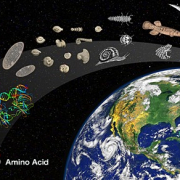
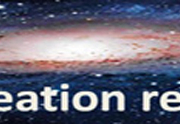

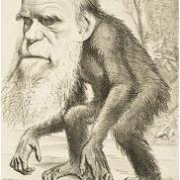
 Charles Darwin (1809-1882) was a great scientist. He discovered and described the process whereby living organisms adapt to their surroundings and the pressures of life in order to maximise their potential for survival and the preservation of their species. This process is usually called ‘adaptation’, or sometimes ‘microevolution’. The Bible–believer sees in this the hand of the Creator providing a wonderful mechanism which has produced great diversity and beauty within nature.
Charles Darwin (1809-1882) was a great scientist. He discovered and described the process whereby living organisms adapt to their surroundings and the pressures of life in order to maximise their potential for survival and the preservation of their species. This process is usually called ‘adaptation’, or sometimes ‘microevolution’. The Bible–believer sees in this the hand of the Creator providing a wonderful mechanism which has produced great diversity and beauty within nature. ‘Adaptation’ (microevolution) has produced an amazing variety of plants and creatures. The Bible-believer sees in this the wisdom of the Creator who created ‘kinds’ (the word used in Genesis) and gave them the ability to adapt to the pressures of life. Think of the wide range of dogs, from tiny to large, with different temperaments, differing skills, short hair or long – but they are all dogs and can biologically interbreed; there can be physical limitations to their breeding but they are fertile within their ‘kind’ (much of this ‘adaptation’ in dogs has been the result of the intervention of man, but the principle remains valid). By contrast where man has attempted to breed across ‘kinds’ the result is always infertility. The definition of a ‘species’ is uncertain and debated and it seems likely that a Biblical ‘kind’ may contain a number of ‘species’, as is evidenced by ‘hybridisation’ between certain apparently related species, but the barriers between different ‘kinds’ (cats and dogs, for example) appear to be inviolable and reflect the Divine command ‘And God said, Let the earth bring forth the living creature after his kind, cattle, and creeping thing, and beast of the earth after his kind: and it was so.’ (Genesis 1:24)
‘Adaptation’ (microevolution) has produced an amazing variety of plants and creatures. The Bible-believer sees in this the wisdom of the Creator who created ‘kinds’ (the word used in Genesis) and gave them the ability to adapt to the pressures of life. Think of the wide range of dogs, from tiny to large, with different temperaments, differing skills, short hair or long – but they are all dogs and can biologically interbreed; there can be physical limitations to their breeding but they are fertile within their ‘kind’ (much of this ‘adaptation’ in dogs has been the result of the intervention of man, but the principle remains valid). By contrast where man has attempted to breed across ‘kinds’ the result is always infertility. The definition of a ‘species’ is uncertain and debated and it seems likely that a Biblical ‘kind’ may contain a number of ‘species’, as is evidenced by ‘hybridisation’ between certain apparently related species, but the barriers between different ‘kinds’ (cats and dogs, for example) appear to be inviolable and reflect the Divine command ‘And God said, Let the earth bring forth the living creature after his kind, cattle, and creeping thing, and beast of the earth after his kind: and it was so.’ (Genesis 1:24) Returning to ‘evolution’, Darwin expected that as further discoveries were made of fossils in the rocks the intermediate forms between species would emerge; that the process of change from one species to another would appear as a chain of fossils starting from one species and moving progressively to another. He also expected that this would be a ‘smooth’ process advancing steadily over the vast periods of geological time, culminating in the plants and creatures seen on the earth today. Despite the finding of countless fossils this pattern has not emerged. There has been a very small number of possible intermediate forms (‘missing links’) discovered, such as Archaeopteryx, but they are all controversial and disputed; some have been shown to be elaborate frauds or simply misunderstandings.
Returning to ‘evolution’, Darwin expected that as further discoveries were made of fossils in the rocks the intermediate forms between species would emerge; that the process of change from one species to another would appear as a chain of fossils starting from one species and moving progressively to another. He also expected that this would be a ‘smooth’ process advancing steadily over the vast periods of geological time, culminating in the plants and creatures seen on the earth today. Despite the finding of countless fossils this pattern has not emerged. There has been a very small number of possible intermediate forms (‘missing links’) discovered, such as Archaeopteryx, but they are all controversial and disputed; some have been shown to be elaborate frauds or simply misunderstandings.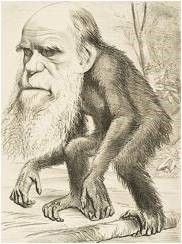 ‘Intelligent Design’ is the term given to the argument that the complex designs of the world around us argue for the existence of a Designer, which Bible-believers are convinced is the God of the Bible. A significant aspect of the arguments of intelligent design involves the concept of ‘irreducible complexity’. This recognises that there are many examples where two or more separate developed specialisations are required for the operation they perform together; one of the special developments alone does not provide the function and there is therefore no reason for it to be selected preferentially and so persist, the same is true of the second special development so there appears to be no mechanism within the parameters of evolution to account for the two developments appearing at the same time so that they can work together to provide the function. An example of this is bi-pedalism in humans (walking on two legs). It is known that three distinct developments are needed to achieve bi-pedalism – one in the foot, one in the knee and one in the hip joint (Burgess S, The Origin of Man, Page 22, Day One Publications, 2004). None of these by itself confers the function of bi-pedalism – all three are required for functionality and must be present together.
‘Intelligent Design’ is the term given to the argument that the complex designs of the world around us argue for the existence of a Designer, which Bible-believers are convinced is the God of the Bible. A significant aspect of the arguments of intelligent design involves the concept of ‘irreducible complexity’. This recognises that there are many examples where two or more separate developed specialisations are required for the operation they perform together; one of the special developments alone does not provide the function and there is therefore no reason for it to be selected preferentially and so persist, the same is true of the second special development so there appears to be no mechanism within the parameters of evolution to account for the two developments appearing at the same time so that they can work together to provide the function. An example of this is bi-pedalism in humans (walking on two legs). It is known that three distinct developments are needed to achieve bi-pedalism – one in the foot, one in the knee and one in the hip joint (Burgess S, The Origin of Man, Page 22, Day One Publications, 2004). None of these by itself confers the function of bi-pedalism – all three are required for functionality and must be present together.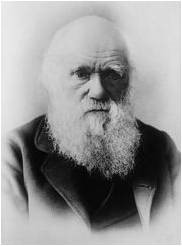 It seems, then, that evolution does not stand on the certain ground that its proponents would claim. That so much of the evidence advanced for evolution is based on adaptation within a species, which is actually irrelevant to the debate about the origin of species, indicates the lack of hard evidence for the evolution of species. There is a great deal of evidence for the truth of the Scriptures, some of which will be found on other parts of this website, and the Bible offers a satisfying explanation of the origin of life and of species. This in no way reduces the opportunities for the scientist to explore and understand the wonderful complexities of nature, and those who do so within a personal belief in the Creator find their work enhanced by the realisation that all we see has behind it the hand of a loving God.
It seems, then, that evolution does not stand on the certain ground that its proponents would claim. That so much of the evidence advanced for evolution is based on adaptation within a species, which is actually irrelevant to the debate about the origin of species, indicates the lack of hard evidence for the evolution of species. There is a great deal of evidence for the truth of the Scriptures, some of which will be found on other parts of this website, and the Bible offers a satisfying explanation of the origin of life and of species. This in no way reduces the opportunities for the scientist to explore and understand the wonderful complexities of nature, and those who do so within a personal belief in the Creator find their work enhanced by the realisation that all we see has behind it the hand of a loving God.














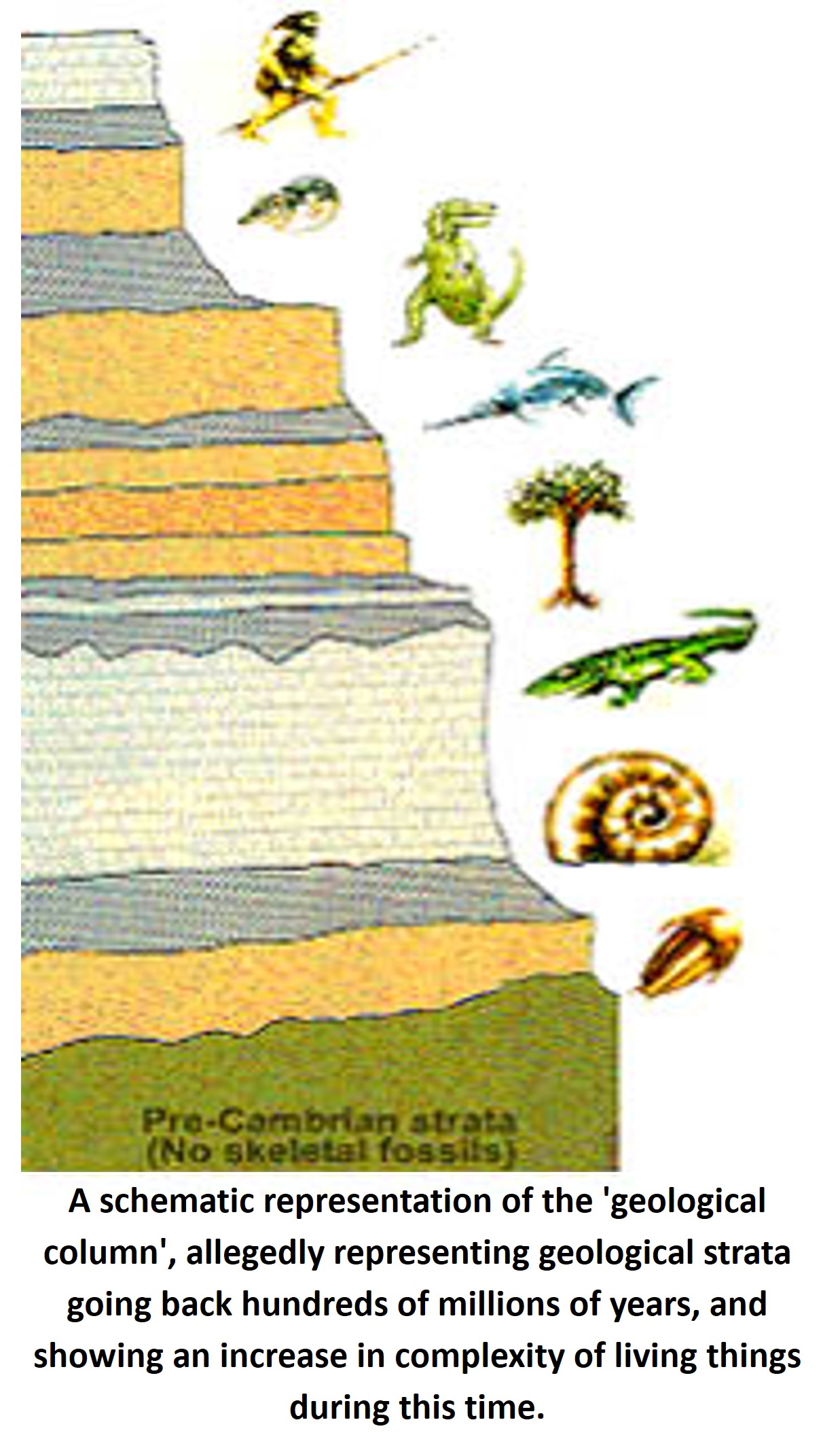


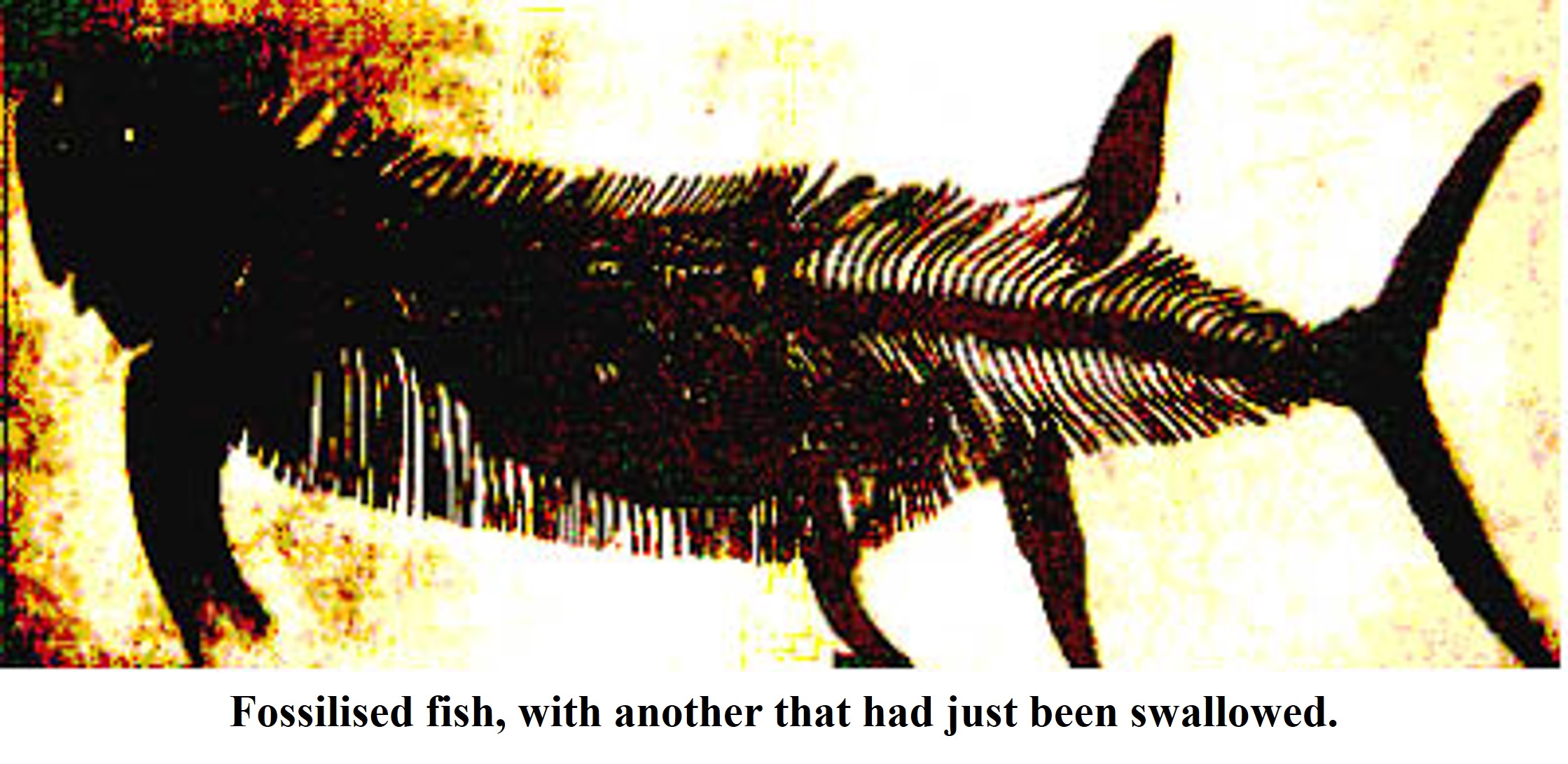
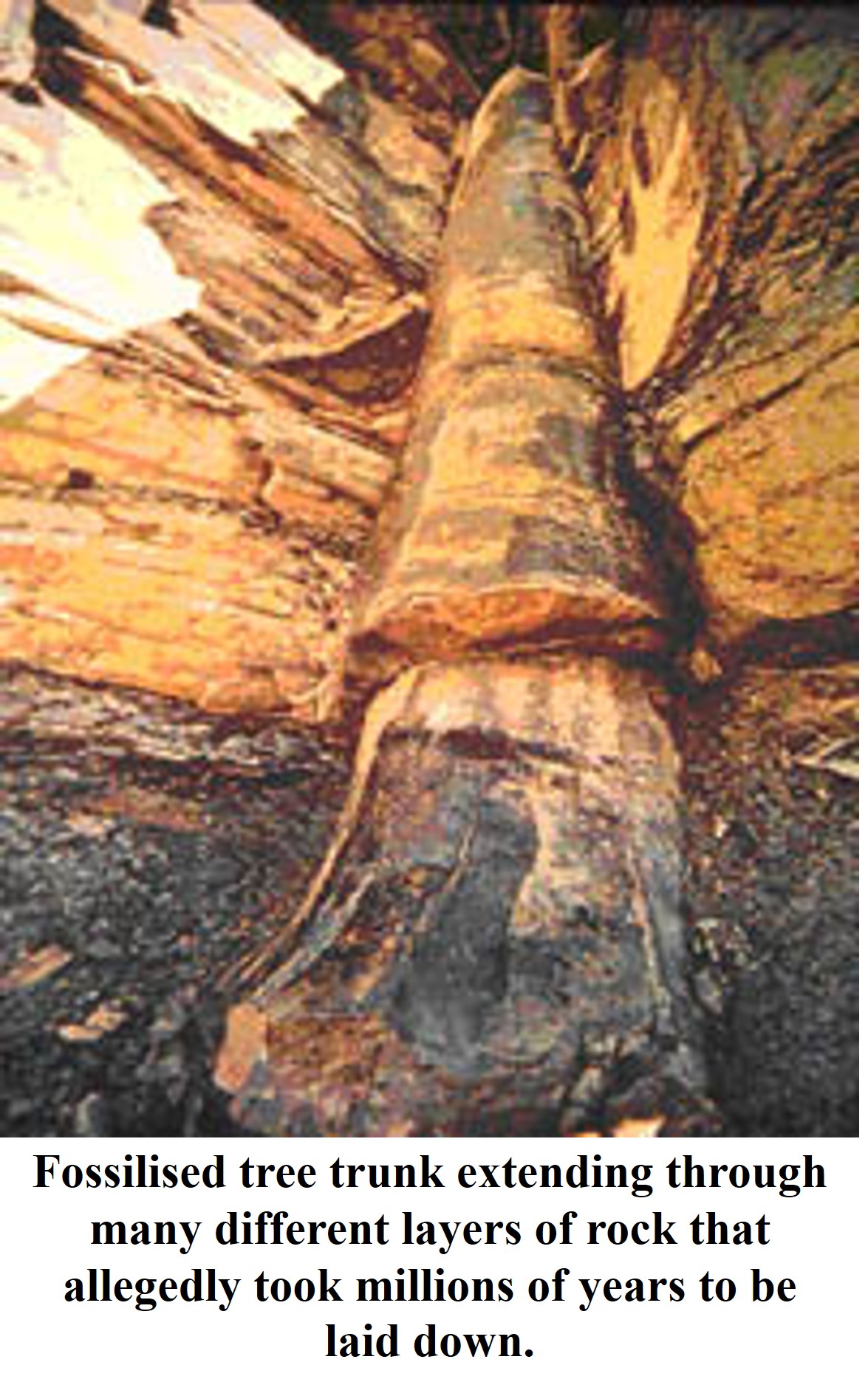
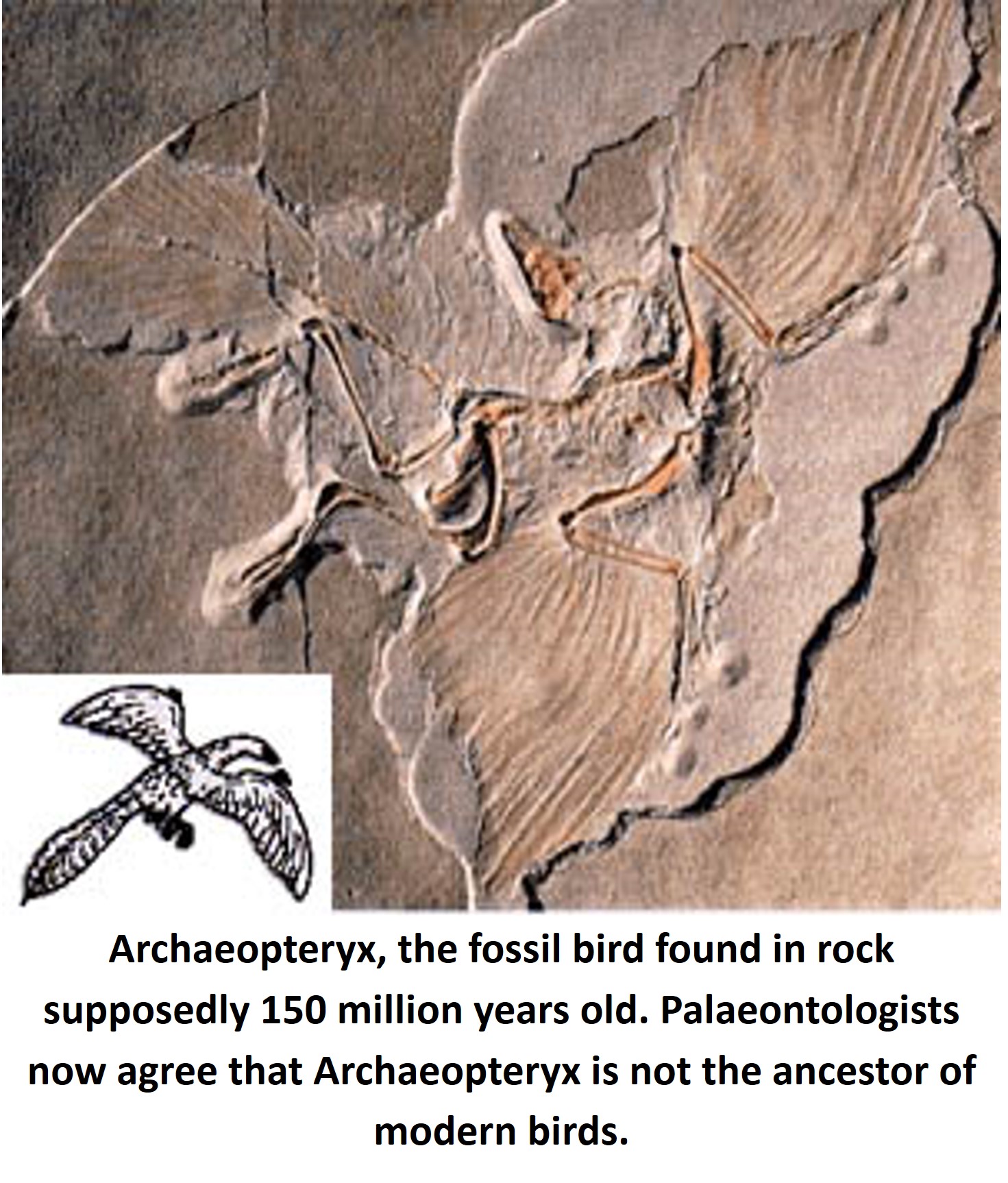



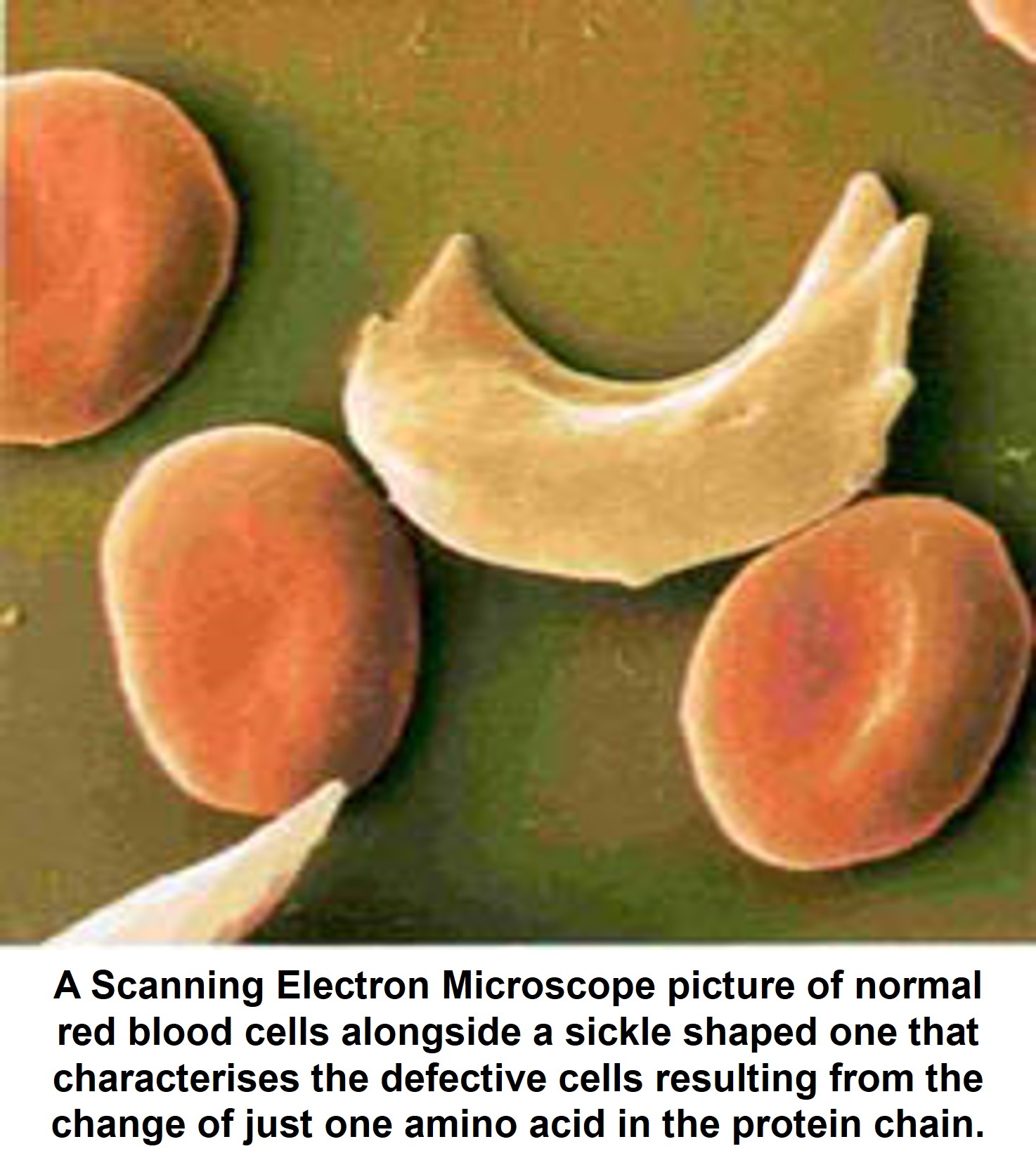
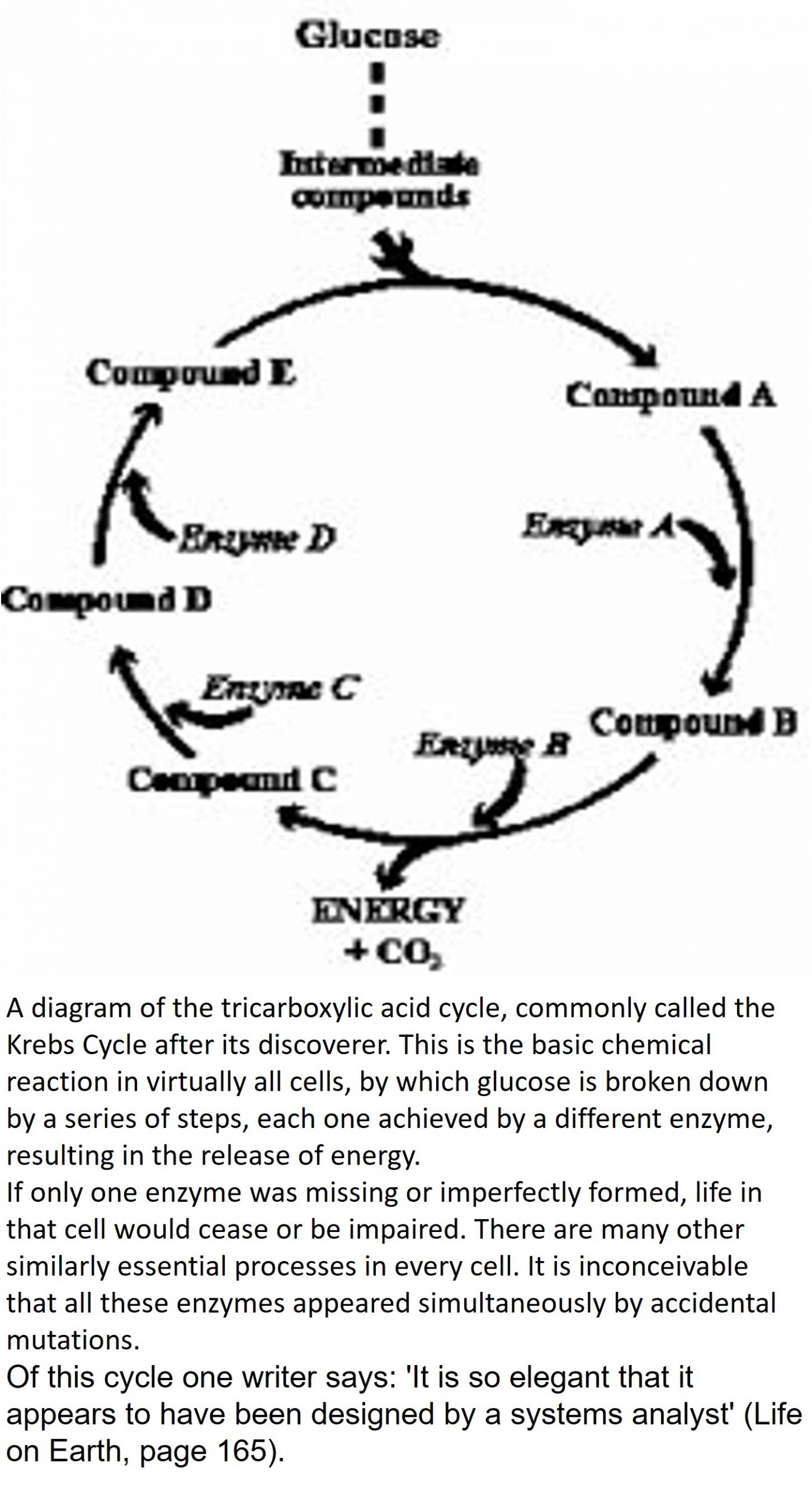
 able, by a sort of in-built computer, to convert the light pattern into a compressed series of nerve impulses. The retina also has special pigments that enable different colours to be identified. Within the brain is a particular area that converts the nerve impulses into a picture we can recognise.
able, by a sort of in-built computer, to convert the light pattern into a compressed series of nerve impulses. The retina also has special pigments that enable different colours to be identified. Within the brain is a particular area that converts the nerve impulses into a picture we can recognise. Look at the picture of a leaf insect. Here is an example of insects that mimic leaves so perfectly that given the right background they are perfectly camouflaged, as a protection from their predators. Can you see four leaf insects in the right hand picture? Does this look like chance mutations at work? If evolution were true, think of all the wrong designs that must have accidentally been produced by the original insect whilst this perfect disguise was at last fortuitously arrived at. Think of all the simultaneous accidental changes that were needed in the DNA that programmed this new shape. How did the poor insect survive whilst it was developing this disguise? We can be sure that the leaf-like shape was not the choice of the supposed original insect. It probably would not even recognise a leaf, let alone be able to alter its body to copy one.
Look at the picture of a leaf insect. Here is an example of insects that mimic leaves so perfectly that given the right background they are perfectly camouflaged, as a protection from their predators. Can you see four leaf insects in the right hand picture? Does this look like chance mutations at work? If evolution were true, think of all the wrong designs that must have accidentally been produced by the original insect whilst this perfect disguise was at last fortuitously arrived at. Think of all the simultaneous accidental changes that were needed in the DNA that programmed this new shape. How did the poor insect survive whilst it was developing this disguise? We can be sure that the leaf-like shape was not the choice of the supposed original insect. It probably would not even recognise a leaf, let alone be able to alter its body to copy one.

 We might well ask, ‘What is the difference between the Earth and the other planets that enables this phenomenon of life to occur? Are such differences accidental?’
We might well ask, ‘What is the difference between the Earth and the other planets that enables this phenomenon of life to occur? Are such differences accidental?’ cosmic rays have sufficient energy to break up complex life chemicals. Astronauts have to wear specially designed suits to protect them from this radiation when they venture from their spacecraft.
cosmic rays have sufficient energy to break up complex life chemicals. Astronauts have to wear specially designed suits to protect them from this radiation when they venture from their spacecraft.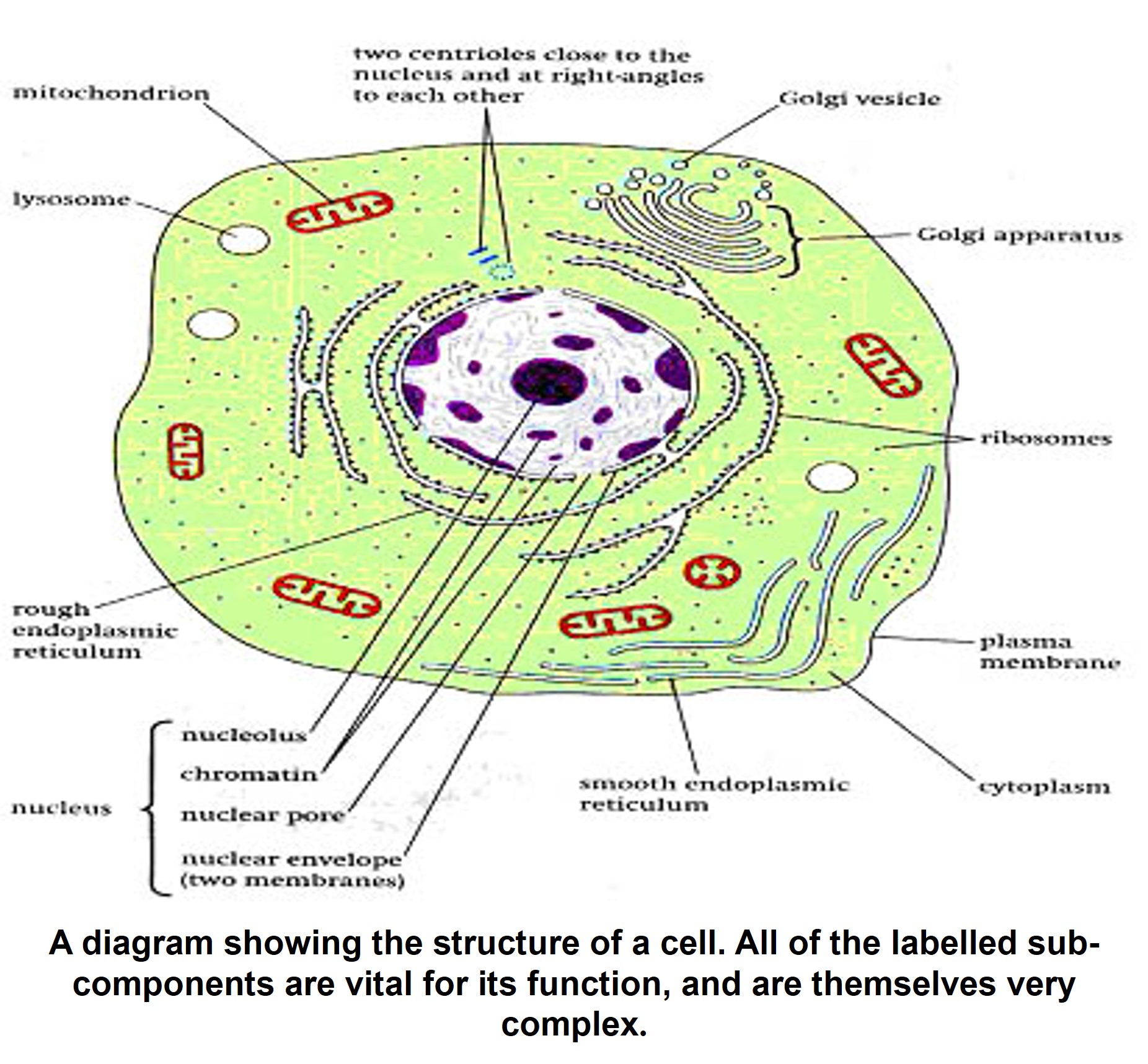
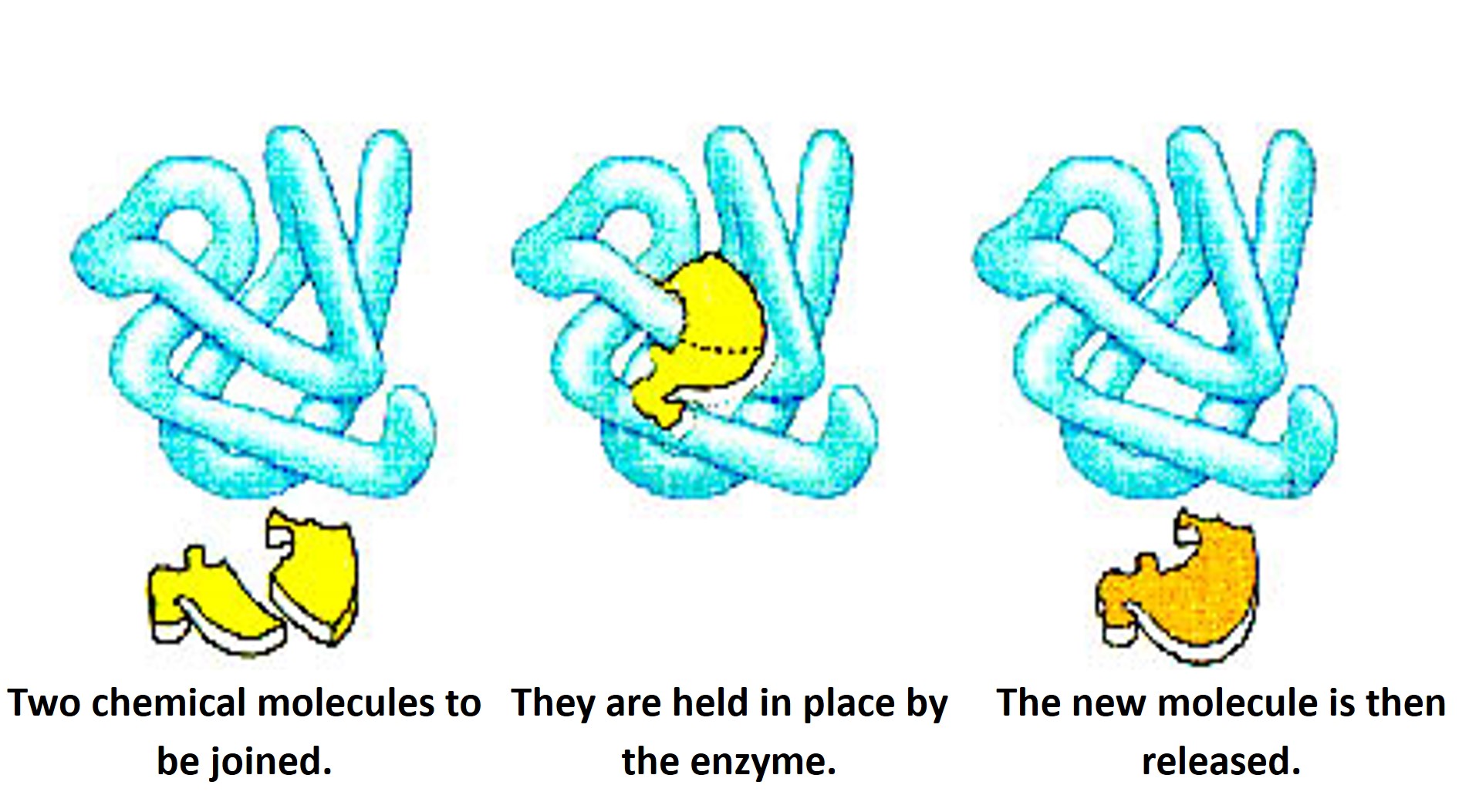
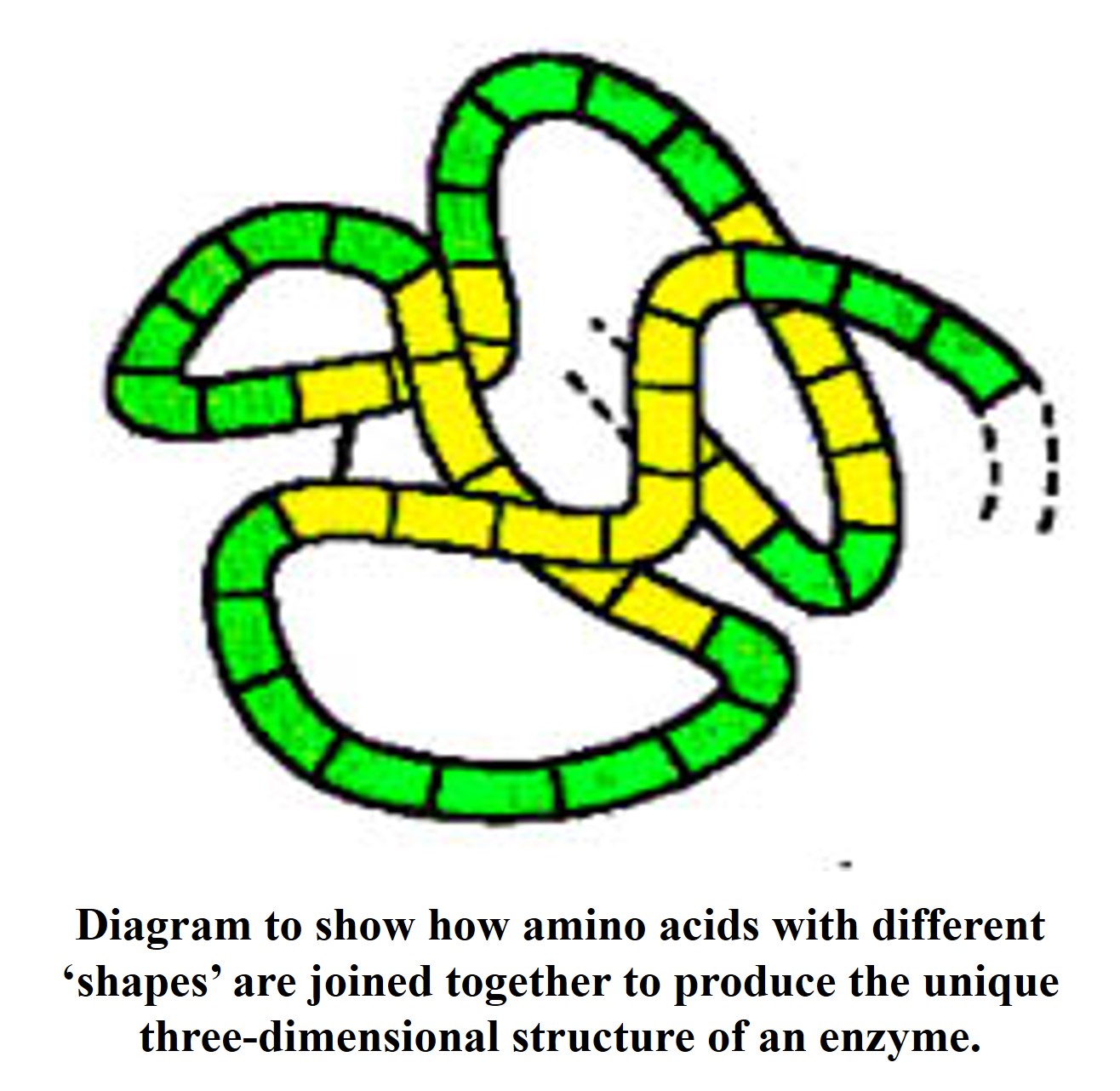
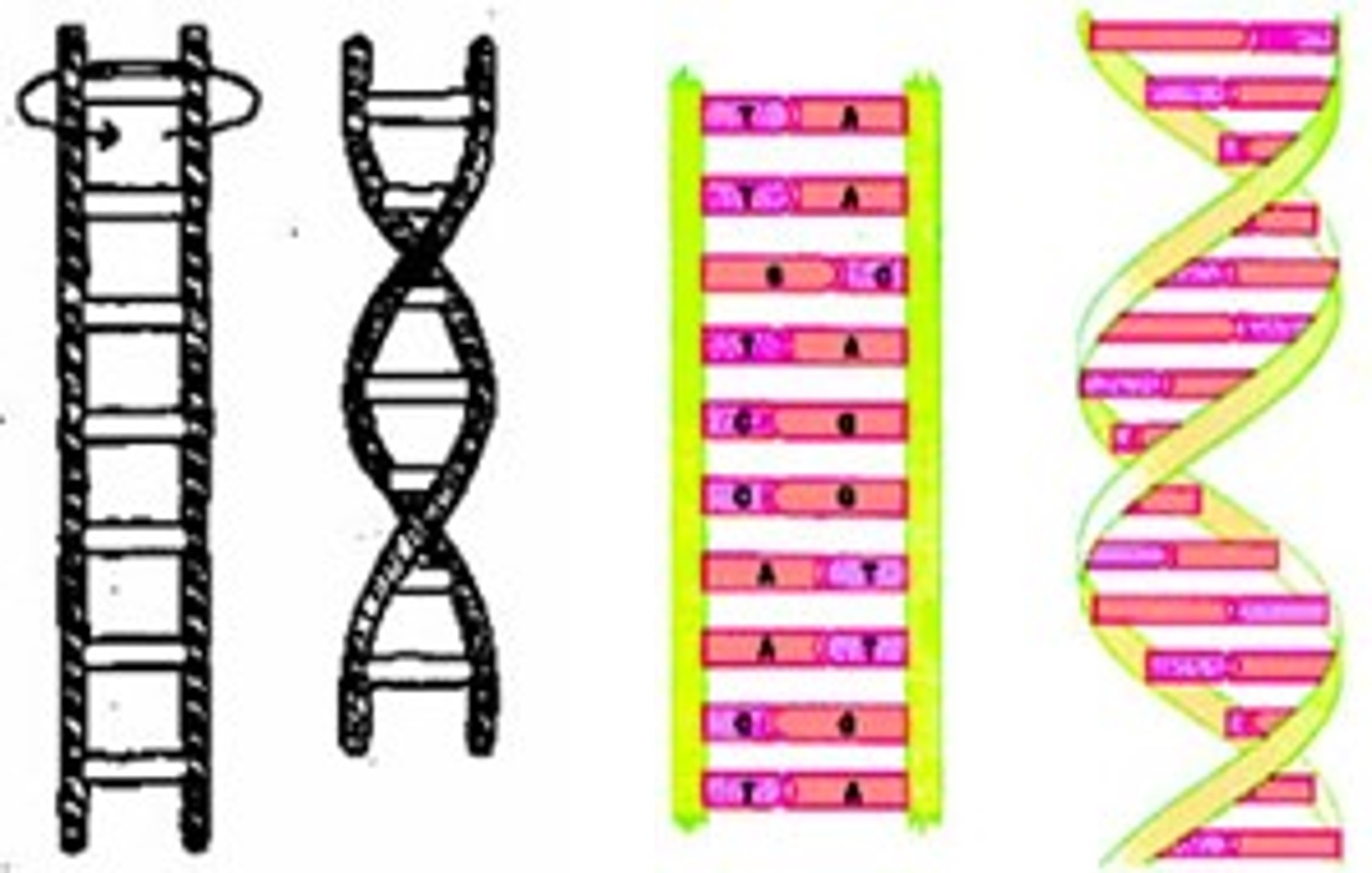
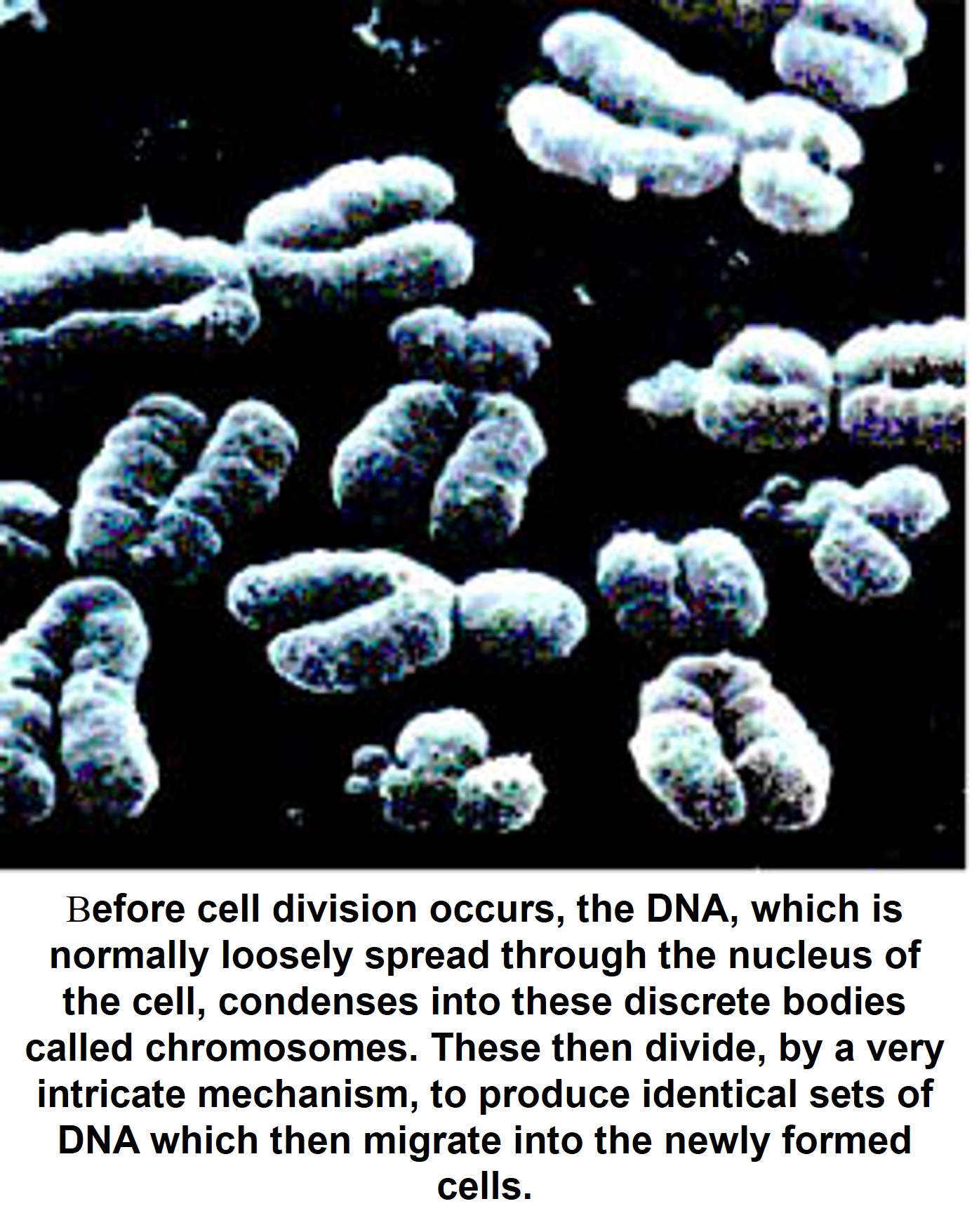



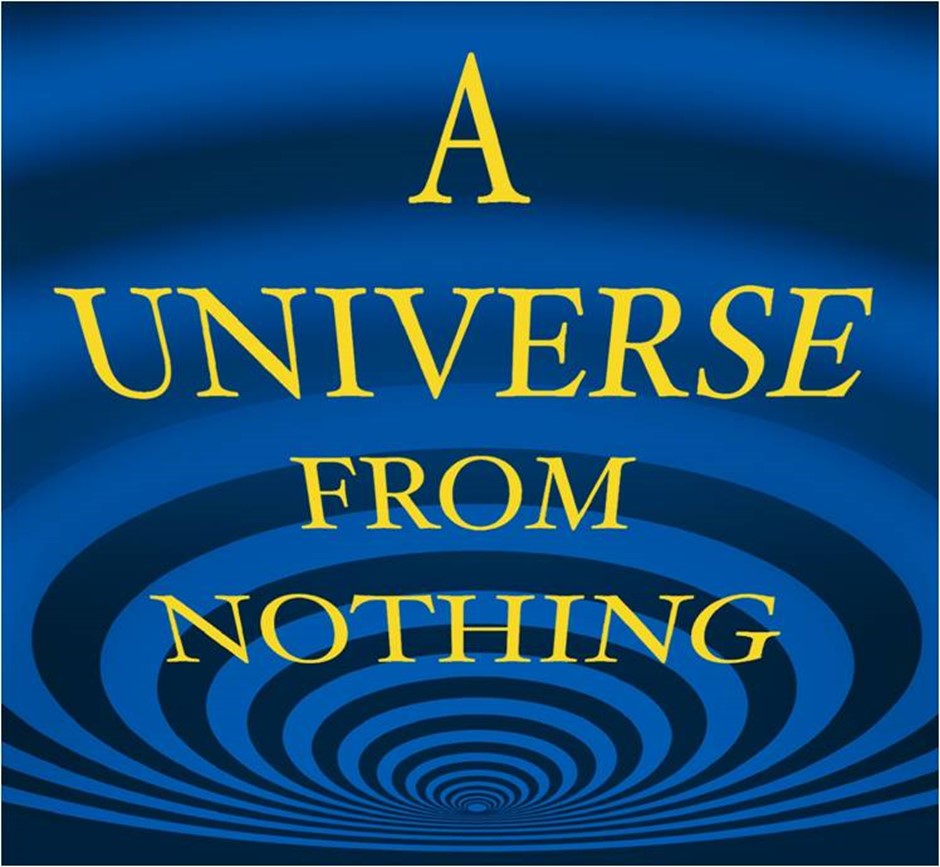


 Let us begin at the beginning.
Let us begin at the beginning.